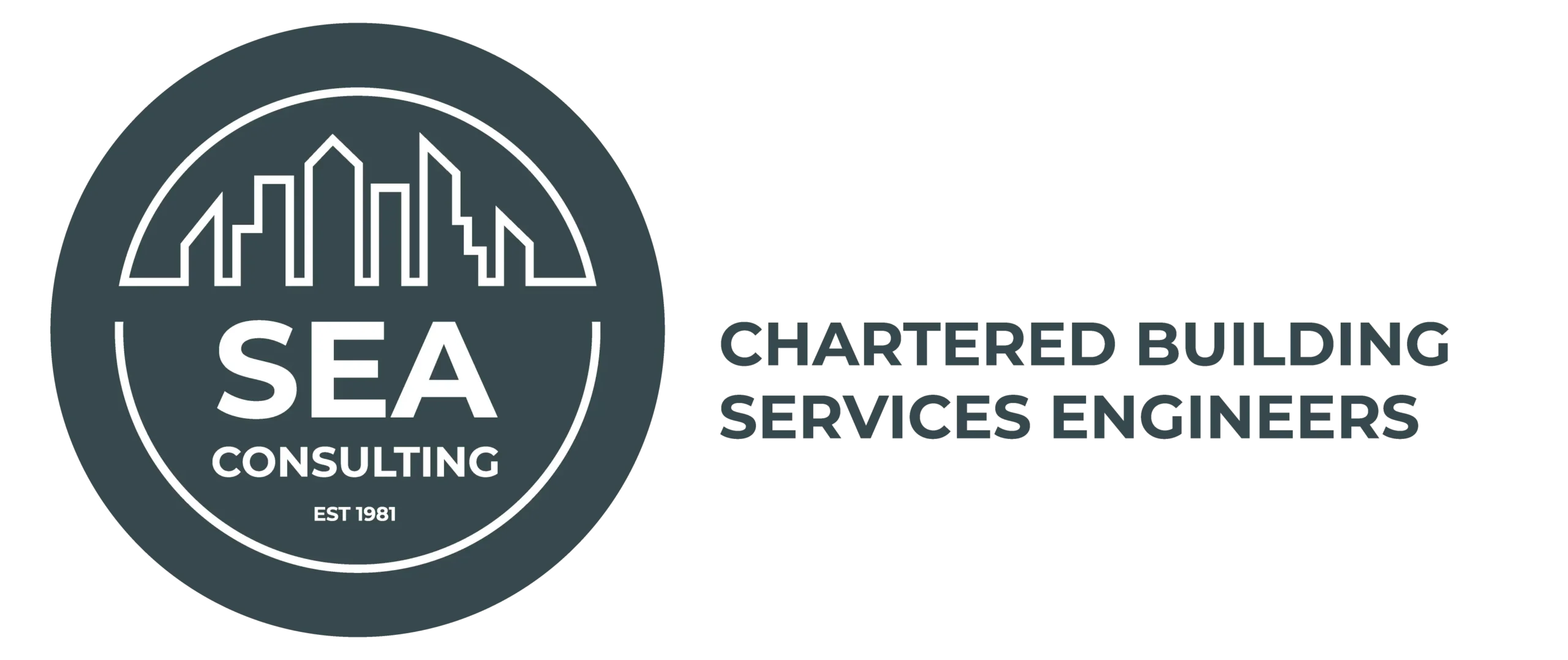In the dynamic realm of commercial property, the significance of Mechanical, Electrical, and Plumbing (MEP) design cannot be overstated. MEP systems form the backbone of any building, influencing its functionality, energy efficiency, and overall reliability. This article delves into the pivotal role of MEP design, exploring how it enhances performance, optimizes energy usage, and ensures the long-term reliability of building projects.

Understanding MEP Design
MEP design involves the intricate planning, coordination, and implementation of Mechanical, Electrical, and Plumbing systems within a building. These systems encompass a broad spectrum of components, including heating, ventilation, air conditioning (HVAC), lighting, power distribution, plumbing, and fire protection. The goal of MEP design is to create integrated systems that work seamlessly to meet the needs of the occupants while optimizing energy efficiency and sustainability.
Optimizing Building Performance
- HVAC Systems – Climate Comfort and Energy Efficiency: HVAC systems play a central role in creating a comfortable indoor environment. Effective MEP design considers factors such as insulation, ventilation, and air distribution to optimize climate control. By selecting energy-efficient HVAC components and integrating smart controls, MEP designers enhance building performance while minimizing energy consumption.
- Lighting Design – Balancing Aesthetics and Efficiency: MEP designers carefully plan lighting systems to achieve a balance between aesthetic appeal and energy efficiency. Incorporating natural light, utilizing energy-efficient fixtures, and implementing intelligent lighting controls contribute to a well-lit and energy-conscious environment.
- Power Distribution – Reliable and Sustainable Energy Supply: Efficient power distribution is crucial for the reliable operation of electronic systems and equipment. MEP design ensures that power is distributed effectively, minimizing energy losses and providing a stable supply to support the diverse needs of modern buildings.
- Plumbing Systems – Water Conservation and Quality: MEP design extends to plumbing systems, where the focus is on water conservation and quality. By incorporating low-flow fixtures, optimizing pipe layouts, and implementing water recycling strategies, designers contribute to both sustainability and reliability in water usage.

Enhancing Energy Efficiency
- Energy-Efficient Components and Systems: MEP design embraces the latest technologies and innovations to integrate energy-efficient components and systems. From advanced HVAC equipment to smart lighting controls, each component is carefully selected and integrated into the overall design to minimize energy consumption without compromising performance.
- Building Automation and Controls: The incorporation of intelligent building automation systems allows for real-time monitoring and control of MEP systems. This level of automation not only enhances operational efficiency but also enables proactive measures to optimize energy usage based on occupancy, weather conditions, and other factors.
- Renewable Energy Integration: As the demand for sustainable practices grows, MEP designers are increasingly incorporating renewable energy sources into their plans. Solar panels, wind turbines, and geothermal systems can be seamlessly integrated to harness clean energy, further reducing the environmental impact of building operations.
Ensuring Long-Term Reliability
- Robust Design and Planning: MEP engineers prioritize robust design and planning to ensure the longevity and reliability of building systems. This involves considering factors such as equipment life expectancy, maintenance requirements, and adaptability to future technological advancements.
- Compliance with Codes and Standards: Adherence to industry codes and standards is a cornerstone of MEP design. By designing systems that meet or exceed regulatory requirements, designers contribute to the reliability and safety of the building while avoiding potential legal and compliance issues.
- Lifecycle Cost Analysis: MEP engineers conduct lifecycle cost analyses to assess the long-term financial implications of different design choices. By considering factors such as initial costs, maintenance expenses, and energy savings, designers can recommend solutions that provide the best overall value and reliability over time.

In the intricate dance of construction and design, MEP systems are the unsung heroes that shape the performance, energy efficiency, and reliability of buildings. The role of MEP design is evolving, driven by the need for sustainable practices, energy efficiency, and technological advancements. As the demand for high-performance and reliable buildings continues to rise, the importance of MEP design in achieving these goals cannot be overstated.
Architects, engineers, and project stakeholders must recognize the transformative impact of MEP design on the overall success of building projects. By prioritizing performance optimization, energy efficiency, and long-term reliability, MEP designers contribute to the creation of buildings that not only meet the needs of today but also stand as resilient and sustainable structures for the future.
